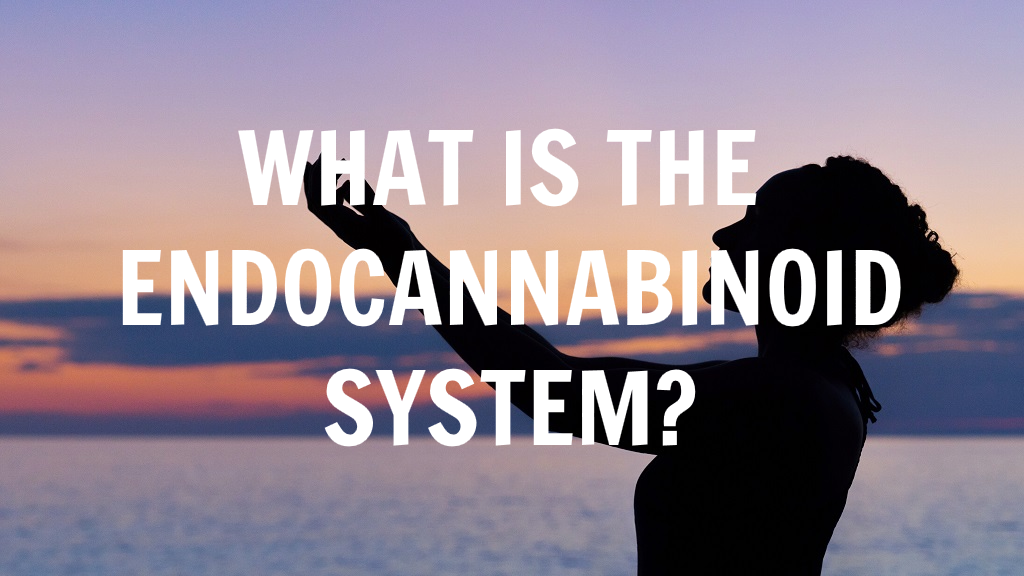The endocannabinoid system (ECS) is a complex network of chemical compounds, receptors, and enzymes that are found throughout the human body. It is involved in regulating a wide range of physiological processes, including mood, appetite, pain perception, inflammation, and immune function.
The ECS is made up of three main components: endocannabinoids, receptors, and enzymes. Endocannabinoids are naturally occurring compounds produced by the body that bind to and activate cannabinoid receptors. There are two main endocannabinoids, anandamide and 2-arachidonoylglycerol (2-AG).
Cannabinoid receptors are located throughout the body and are found in high concentrations in the brain, nervous system, and immune system. There are two main types of cannabinoid receptors, CB1 and CB2. CB1 receptors are primarily located in the brain and nervous system, while CB2 receptors are mainly found in the immune system and peripheral tissues.
Enzymes are responsible for breaking down endocannabinoids once they have fulfilled their function. Two main enzymes, fatty acid amide hydrolase (FAAH) and monoacylglycerol lipase (MAGL), break down anandamide and 2-AG, respectively.
The ECS plays a crucial role in maintaining homeostasis, or balance, within the body. It helps regulate various physiological processes and responds to internal and external factors to keep the body functioning optimally. Dysfunction of the ECS has been linked to a variety of health conditions, including chronic pain, inflammation, and neurological disorders. Additionally, plant-derived cannabinoids, such as THC and CBD, can interact with the ECS and have therapeutic effects.

